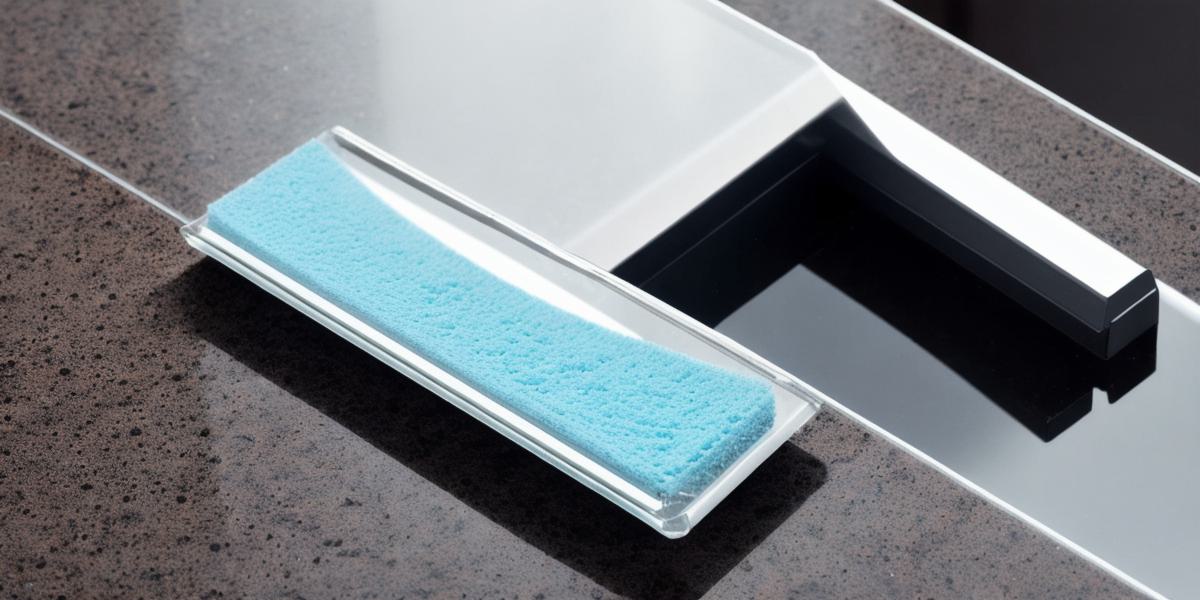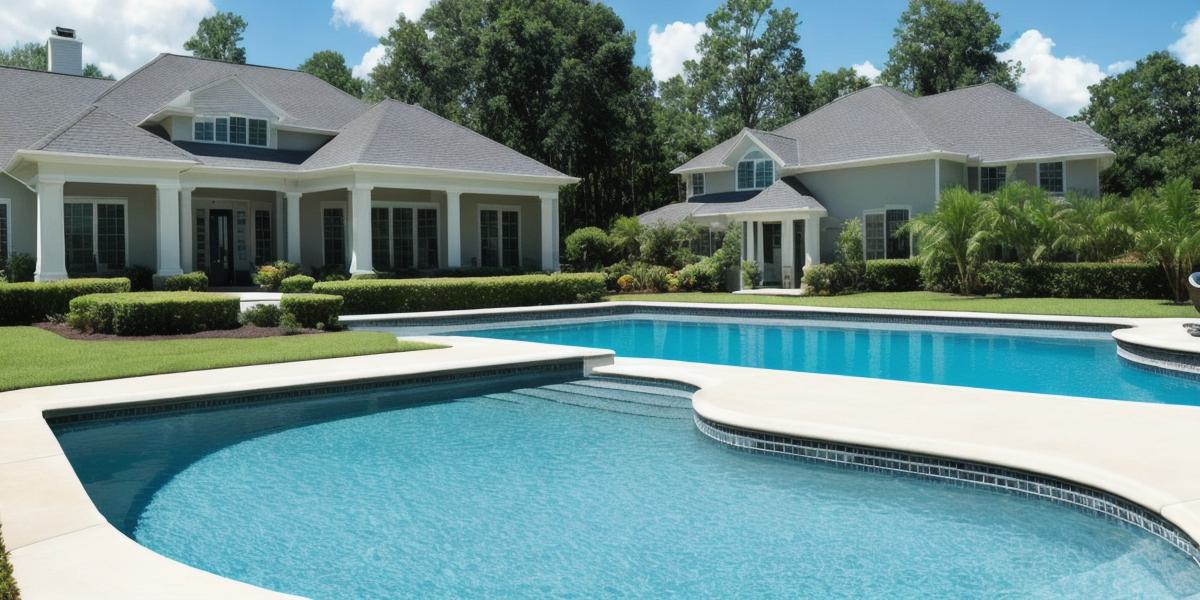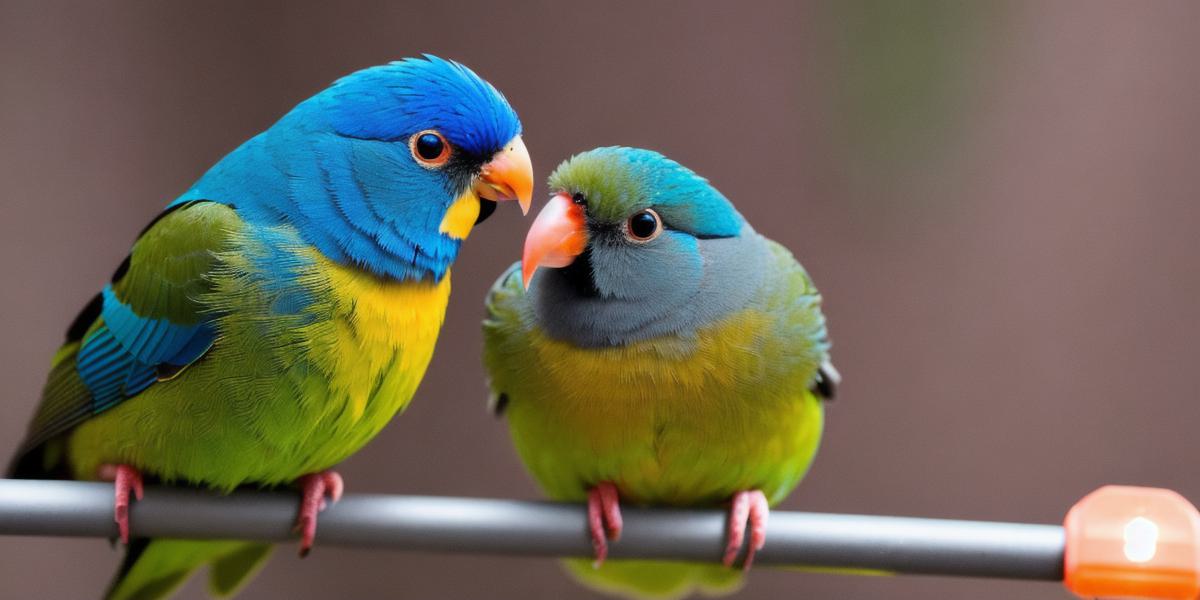Low-e glass surfaces are widely used in homes and commercial buildings due to their energy efficiency and privacy benefits. However, cleaning these surfaces requires special care to avoid damage or streaks. This article provides a comprehensive guide on how to effectively clean low-e glass surfaces, including expert tips and tricks.
The Importance of
Cleaning Low-E Glass Surfaces:
Cleaning low-e glass surfaces is crucial for maintaining their appearance and functionality. Dirty or streaked surfaces can reduce visibility and make it difficult to see through the glass. Additionally, if not properly cleaned, low-e glass surfaces can become yellowed or discolored over time, affecting energy efficiency and privacy.
Types of Low-E Glass Surfaces:
There are several types of low-e glass surfaces, including single-glazed, double-glazed, and triple-glazed windows. Each type has unique properties and requires a different approach to cleaning. For example, single-glazed windows require more frequent cleaning than double or triple-glazed windows due to their exposure to the elements.
Cleaning Low-E Glass Surfaces:
When cleaning low-e glass surfaces, it is important to use the right products and techniques to avoid damage or streaks. Here are some essential tips and tricks from experts in the field:
- Choose the right cleaner: Select a cleaner specifically designed for low-e glass surfaces to avoid scratching or damaging the surface. Avoid using abrasive cleaners or products with harsh chemicals.
- Use a soft cloth or sponge: Avoid using paper towels, abrasive materials, or squeegees that can leave streaks or scratch marks on the surface. Use a soft cloth or sponge to gently clean the glass.
- Clean from the top down: Start cleaning from the top of the surface to avoid cross-contamination and ensure you start with a clean surface.
- Use warm water: Warm water is safe for low-e glass surfaces and helps prevent damaging the paint or coating on the glass. Avoid using hot water, which can cause peeling or discoloration.
- Dry thoroughly: After cleaning, use a soft cloth or paper towel to wipe up any excess moisture and avoid streaks or residue.
FAQs:
- Can I use regular glass cleaner on low-e glass surfaces?
No, regular glass cleaners are not designed for low-e glass surfaces and can damage or scratch the surface. Use a cleaner specifically designed for this type of glass. - How often should I clean my low-e glass surfaces?
The frequency of cleaning will depend on factors such as exposure to the elements, location, and usage. However, single-glazed windows should be cleaned at least once a week, while double or triple-glazed windows may require less frequent cleaning. - Can I use a power washer to clean my low-e glass surfaces?
No, power washers can damage low-e glass surfaces and should not be used for cleaning them. Use the right techniques and products when cleaning low-e glass surfaces to avoid damage or streaks.
Conclusion:
Cleaning low-e glass surfaces is essential for maintaining their appearance and functionality. By following these simple tips and tricks, you can effectively clean your low-e glass surfaces without causing damage or leaving streaks. Remember to choose the right products, use a soft cloth or sponge, clean from the top down, use warm water, and dry thoroughly. With these tips, you can keep your low-e glass surfaces clean and clear for clear, streak-free visibility through your windows.



